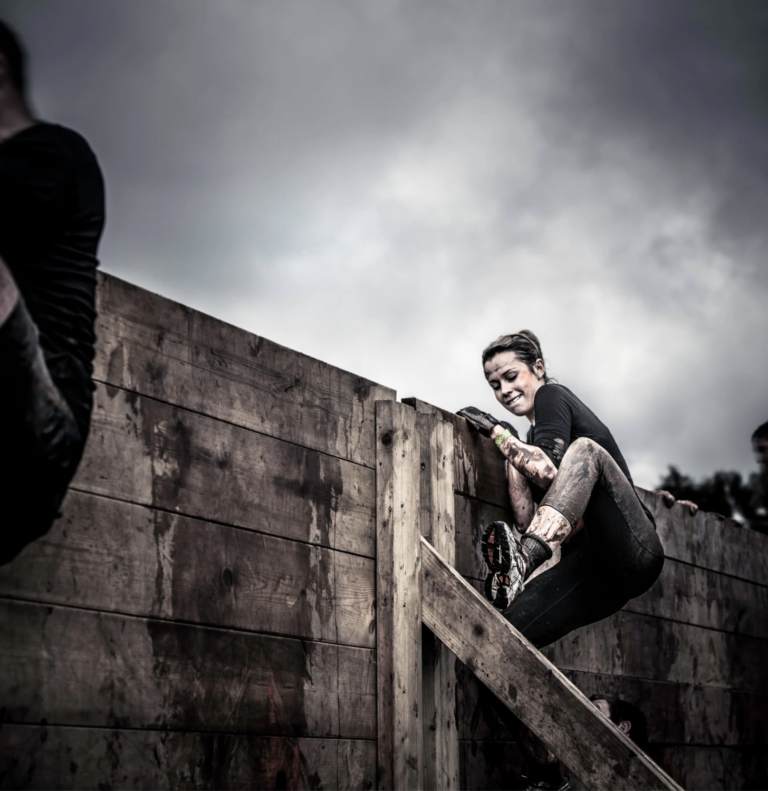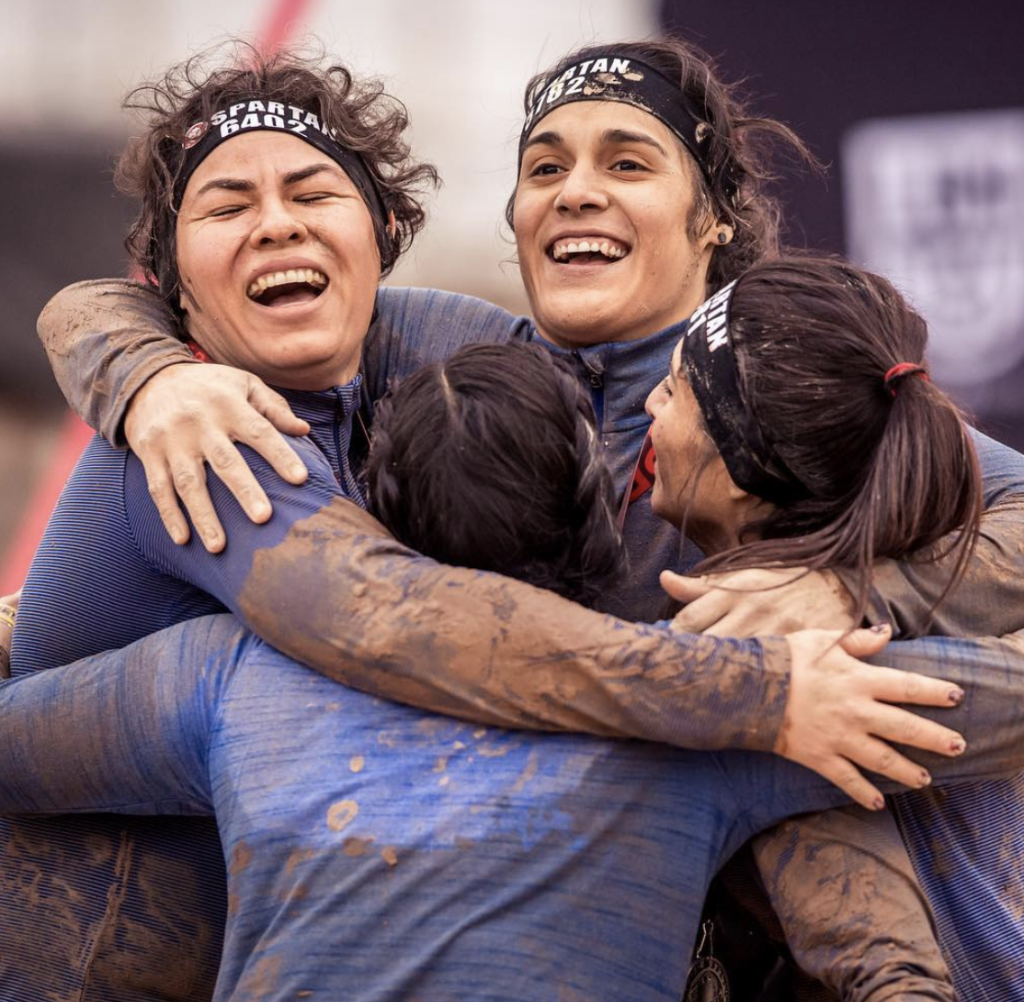True “Grit”: How Spartan’s Branding Represents Women
We hear a lot about the representation of women in various media, but, in a fascinating 2017 piece in The New York Times, author Claire Cain Miller describes a turning point in the literal representation — that is, the most popular images — tied to the word “woman.” Getty Images is perhaps the best known purveyor of stock photos, the generic images purchased by markets and media and used in ads and news stories online, on billboards, and in print. In the decade between 2007 and Miller’s 2017 story, the top-selling Getty photo for the search term “woman” went from a close up shot of a naked woman under a towel on a massage table to one of a hiker alone on a mountain top, bundled up and face indiscernible.


Miller details the specifics of this evolution and its significance. Stock photos, argues the author, “reflect the culture at a moment in time.” Specifically, they reflect how news outlets and brands see women or think their readers and consumers want to see women. The gradual shift from demand for near-nudity to demand for depictions of women working, traveling, reading, hiking, and so on is not an isolated incident. It’s a broader cultural one, evidenced by other changes in Getty users’ inquiries: searches for “woman coding” and “female C.E.O.” increased manifold during those years. Similarly, the article cites a new stock photo service specifically geared towards diversity as well as calls for increased representation across social media. Pam Grossman, Getty’s director of visual trends says: “For the first time in history, people can represent themselves, and therefore they demand brands to render them visible, too.” This shift was also partly catalyzed, Miller says, by the launch of the Lean In Collection in 2014, a stock image collection of emphasizing honest and wide-ranging depictions of women, the result of a collaboration between Getty and Sheryl Sandberg’s non profit of the same name.


Here’s where things get really interesting. The past decade has seen a turn in media and brand representation of women as objects to women as doers. From 2007 to 2010 the woman pictured in Getty’s top selling “woman” photo was either entirely naked — though nothing explicitly shown — or in a bathing suit. The following five years saw women traveling, reading, dancing, cooking, “demonstrating physical or professional prowess.” But around 2016, a particular woman emerged who was not just active but visibly exerting herself: the “gritty woman,” Getty informally deemed her. This trend is visible within the Lean In collection, too. Miller writes: “When the Lean In collection began three years ago, the most downloaded photos showed women in work or family settings: a pregnant woman leading a business meeting or a father playing with a baby while the mother worked on her computer. The 15 most downloaded from the collection so far this year are more likely to show women scaling a wall or doing push-ups, alone.”



At Spartan, we know this woman well. We see her at every race. And as CMO, one of my proudest moments has been the opportunity to represent her in our branding. In the past year in particular, we have made conscious efforts to showcase a facet of womanhood that has nothing to do with a woman’s appearance and everything to do with strength, joy, and perseverance. In fact, long before the Times article came to my attention, Spartan has considered “grit” to be the cornerstone of its philosophy, often using the word explicitly in various social media posts. It is my hope that Spartan (and like-minded individuals) can play no small part in continuing to turn the tide, redefining the images that people see of women and maybe even how women see themselves. At the same time, Spartan aims to bring those images to life. Getty’s visual trends director described the images of gritty women as “women literally having dirt on them and not caring, of being powerful and strong.” If you ask us, nothing has ever described a Spartan woman so aptly.
